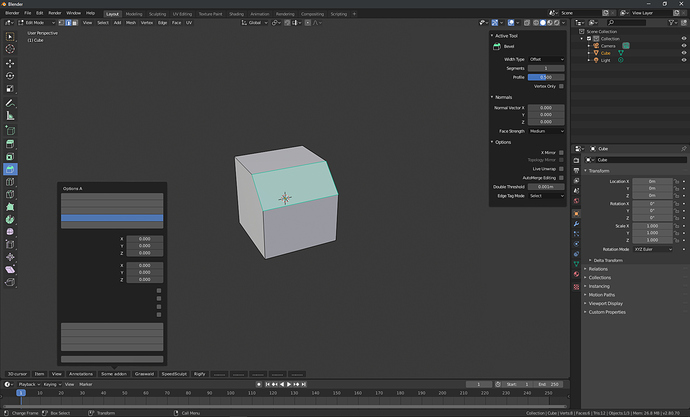I made a proposal based on @LudvikKoutny’s at this thread. This makes the use of the footer. What do you think about it? Maybe this design might solve a lot of problems all at once. Description is at the link.
1 Like
